 | Abel Flint - Geometry - 1837 - 338 pages
...is calculated accordingly. GENERAL ROLE. 1. State the question in every case, as already taught : 2. Multiply the second and third terms together, and divide the product by the first. The manner of taking natural sines and tangents from the tables, is the same as for logarithmic sines... | |
 | Peirpont Edward Bates Botham - Arithmetic - 1837 - 252 pages
...question. The first and third terms must be of one name. The second term of -divers denominations. Multiply the second and third terms together, and divide the product by the first term ; the quotient thence arising will be the Answer. OBS. This rule is founded on the obvious principle,... | |
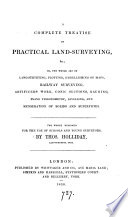 | Thomas Holliday - Surveying - 1838 - 404 pages
...3.—By arithmetical computation. Having stated the question according to the proper rule or case, multiply the second and third terms together and divide...quotient will be the fourth term required for the natural number. But in working by logarithms, the second and third terms must be added together, and the first... | |
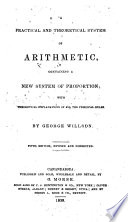 | George Willson - Arithmetic - 1838 - 194 pages
...mentioned in it.* * It is often better to reduce the lower denominations to tha daeimil «f the highest 3. Multiply the second and third terms together, and...product by the first, and the quotient will be the answer, in that denomination which the third term was bft in. In arranging the first two terms, we... | |
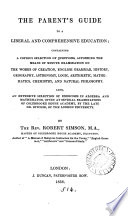 | Robert Simson (master of Colebrooke house acad, Islington.) - 1838 - 206 pages
...When the terms are stated and reduced, how do you proceed in order to find a fourth proportional? I multiply the second and third terms together, and divide the product by the first, the quotient is the answer. In what name are the product of the second and third terms, the quotient,... | |
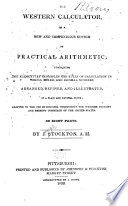 | Joseph Stockton - Arithmetic - 1839 - 218 pages
...in either; and the middle term (if compound) to its lowest, and proceed according to the following RULE. Multiply the second and third terms together, and divide the product by the first ; the quotient will be the fourth term, or answer, in the same name with the second. SINGLE RULE OF... | |
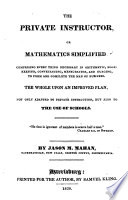 | Jason M. Mahan - Arithmetic - 1839 - 312 pages
...denomination, reduce both to the lowest in either, and the third to its lowest denomination mentioned. Multiply the second and third terms together, and divide the product by the first : the quotient will be the answer to the question, in the same denomination you left the third term... | |
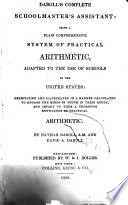 | Nathan Daboll - 1839 - 220 pages
...the least of the two remaining numbers for the second term, and the greater for the first term ; then multiply the second and third terms together, and divide the product by the first term, and the quotient will be the answer in the same name of the third term. EXAMPLES. 1. If 6 yards... | |
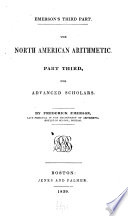 | Frederick Emerson - Arithmetic - 1839 - 300 pages
...the fourth, make the less of the two remaining terms the Jirst term, and the greater the second: then multiply the second and third terms together, and divide the product by the first term: the quotient will be the fourth. term, or answer. 1. If I buy 871 yards of cotton cloth for 78... | |
 | William Ruger - Arithmetic - 1841 - 268 pages
...Prepare the given terms, as in Multiplication, and state the question the same as in whole numbers ; then multiply the second and third terms together, and divide the product by the first : Or, invert the first term, and multiply the three together, as in Multiplication ; the last product... | |
| |